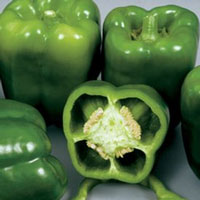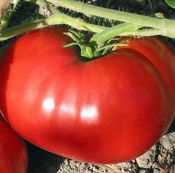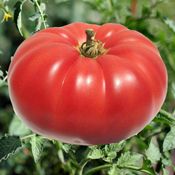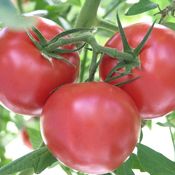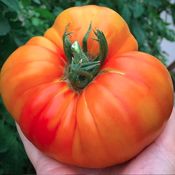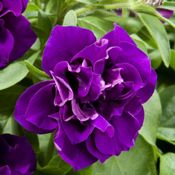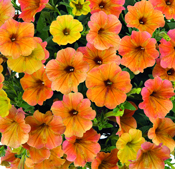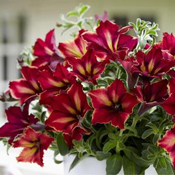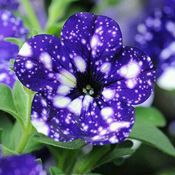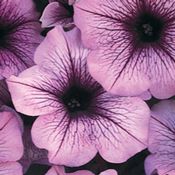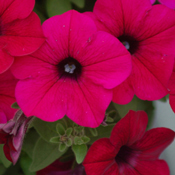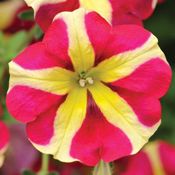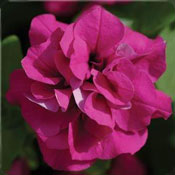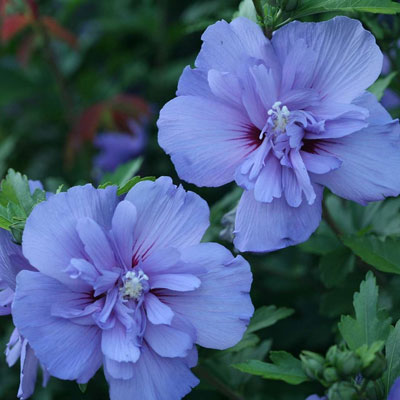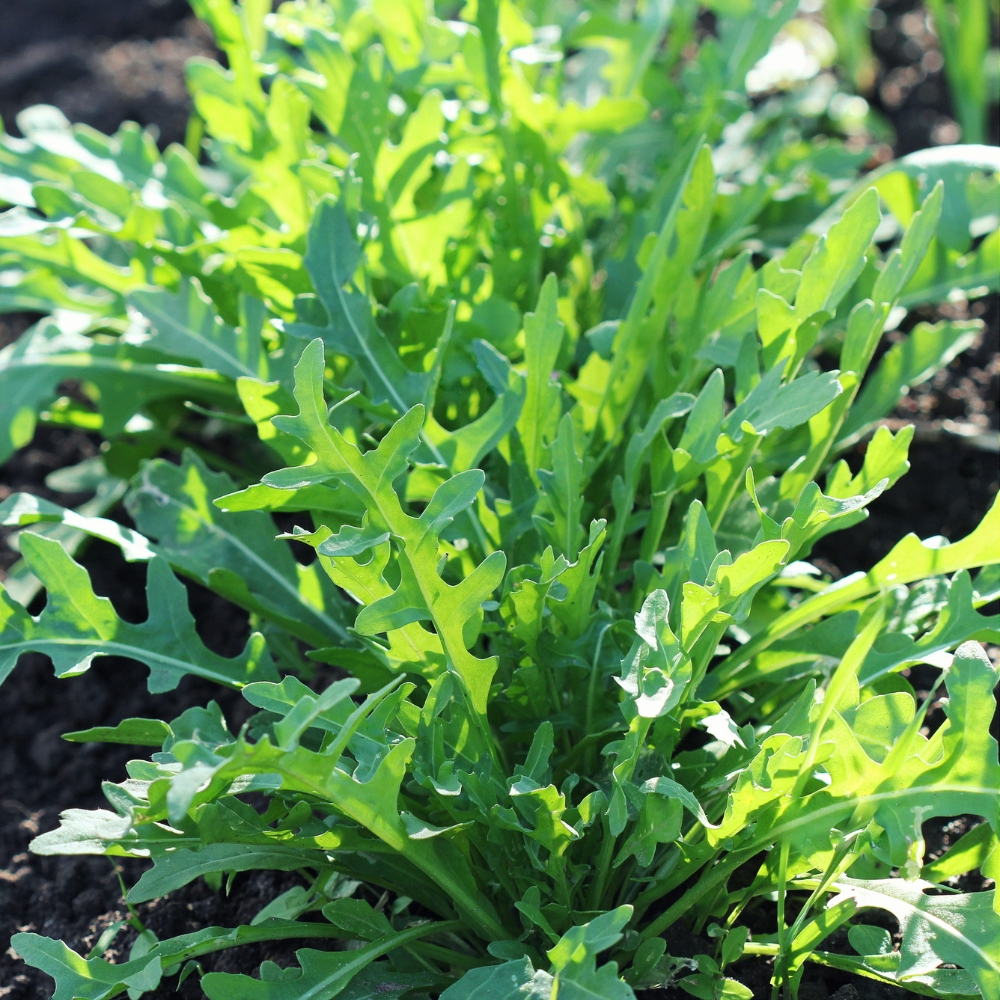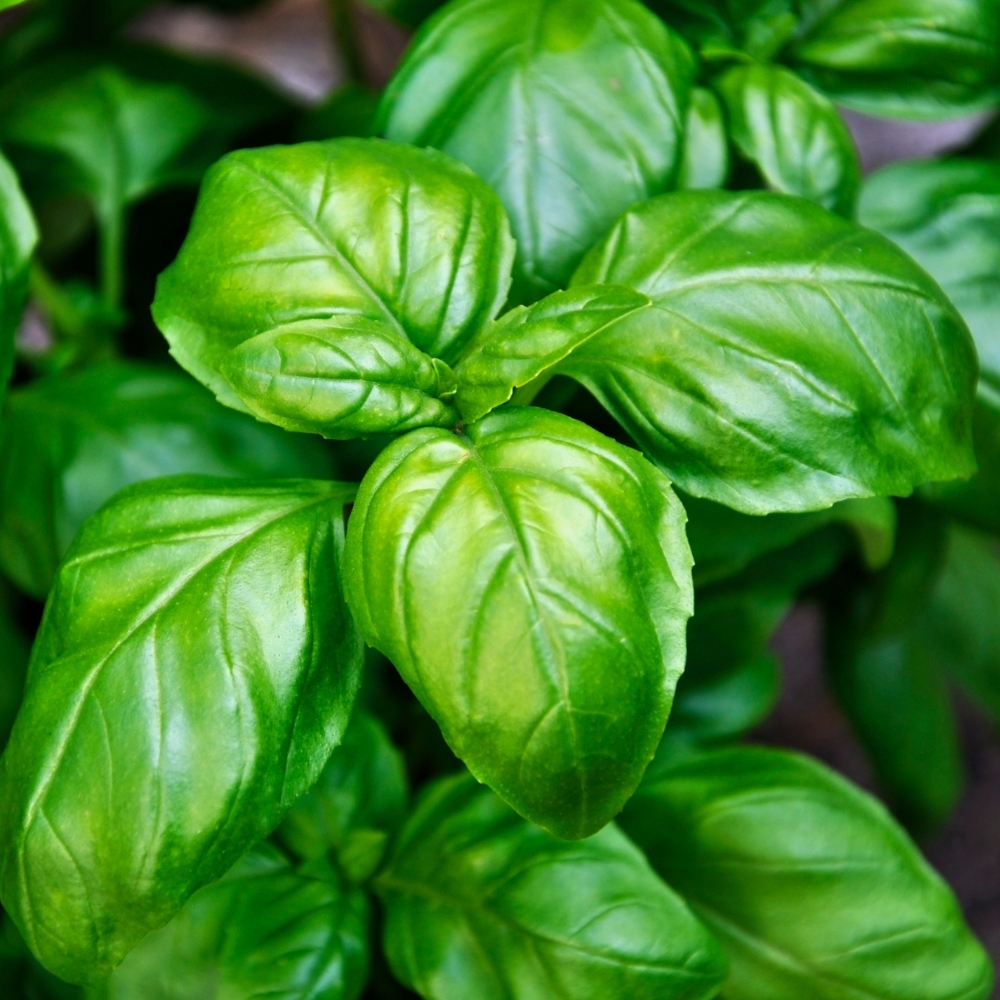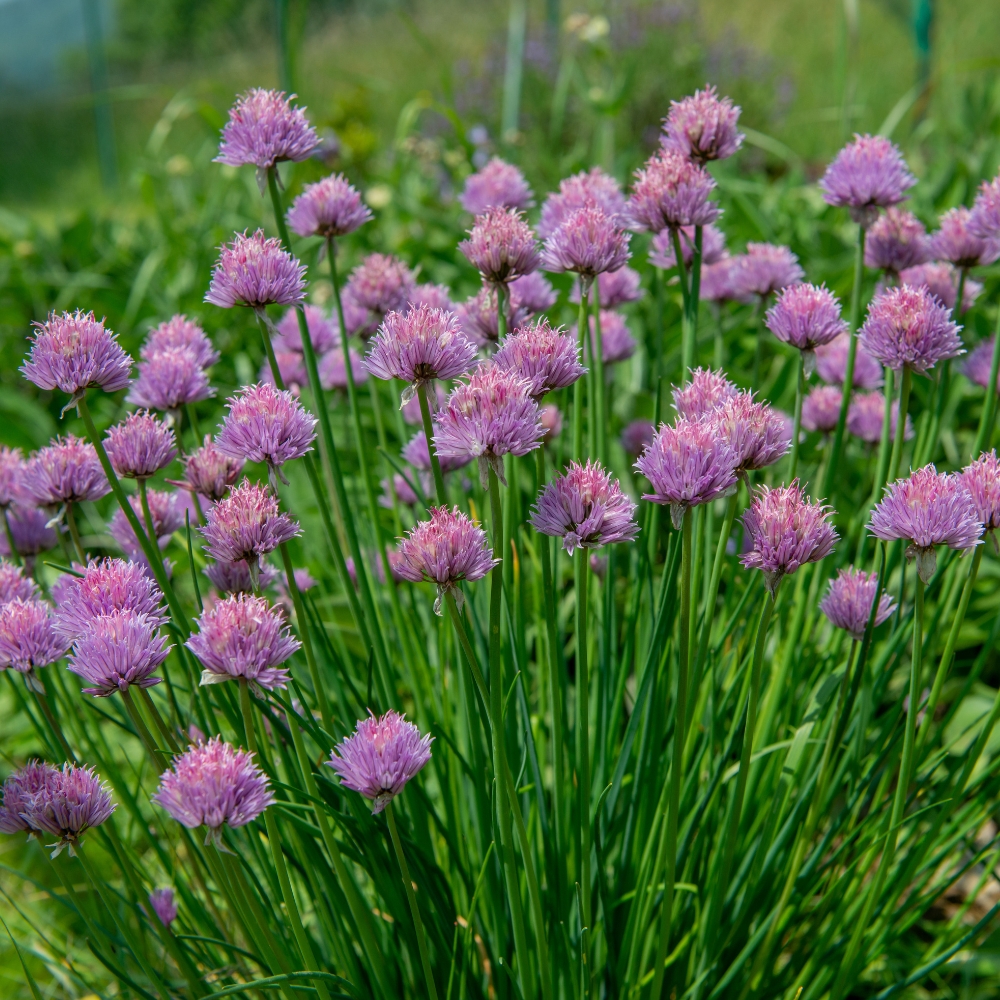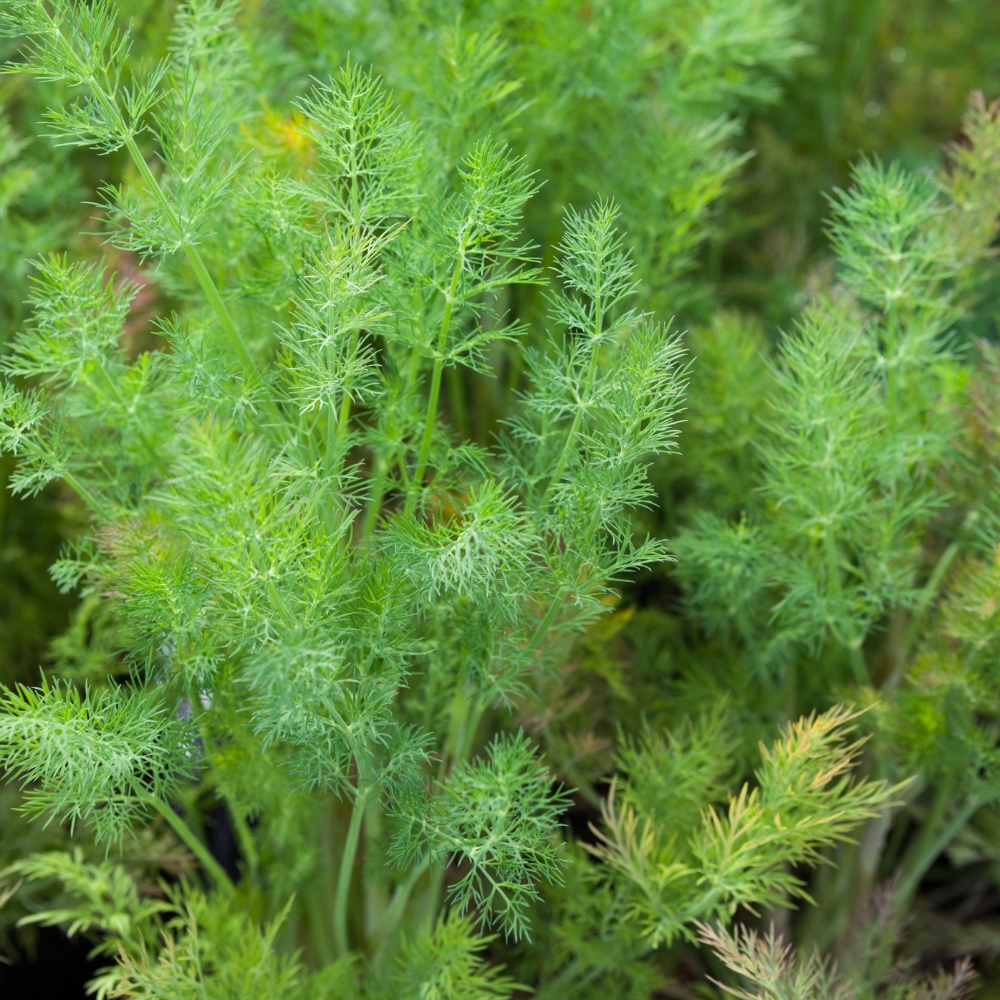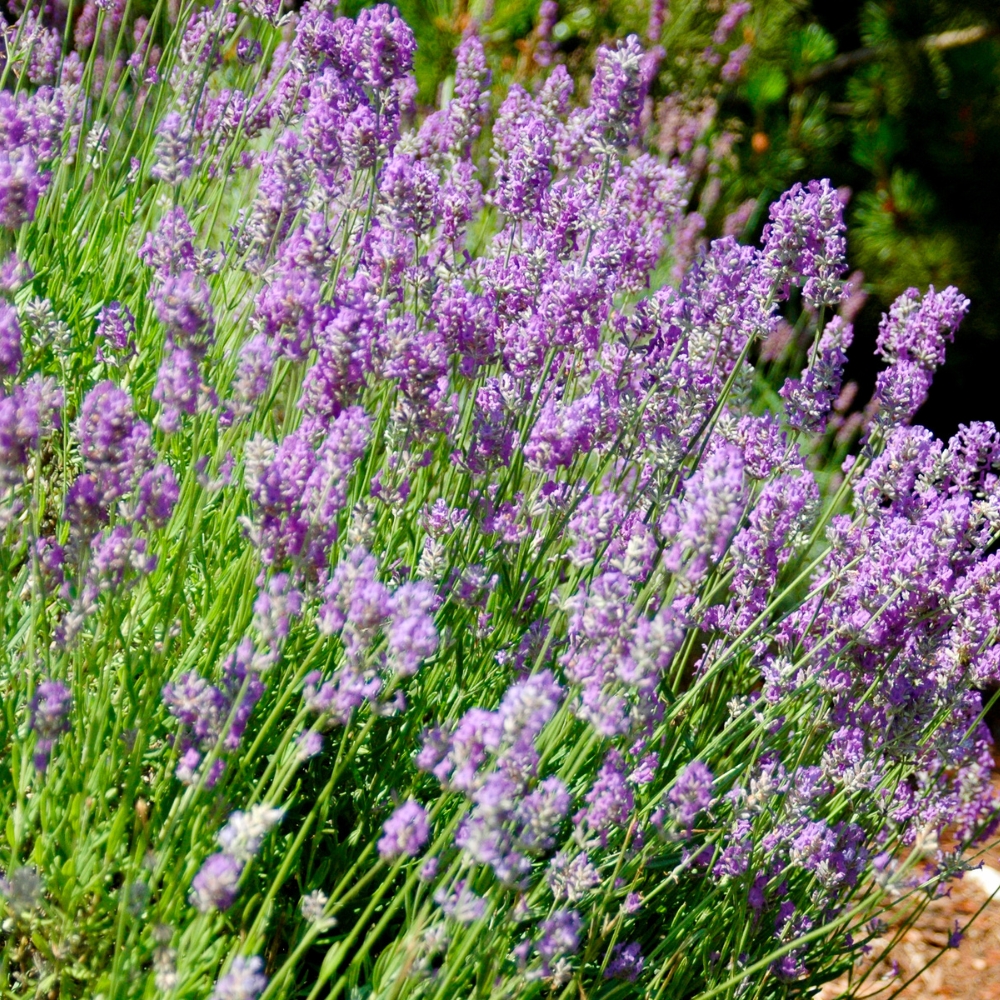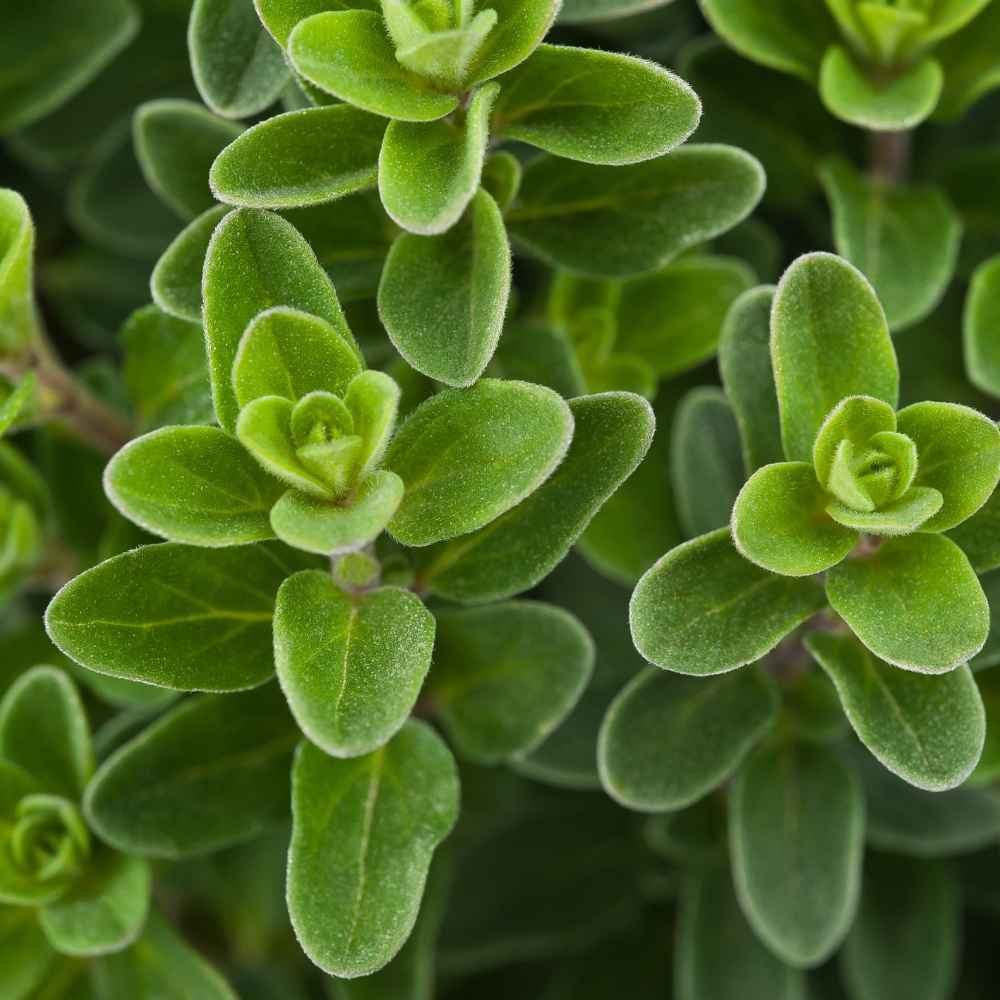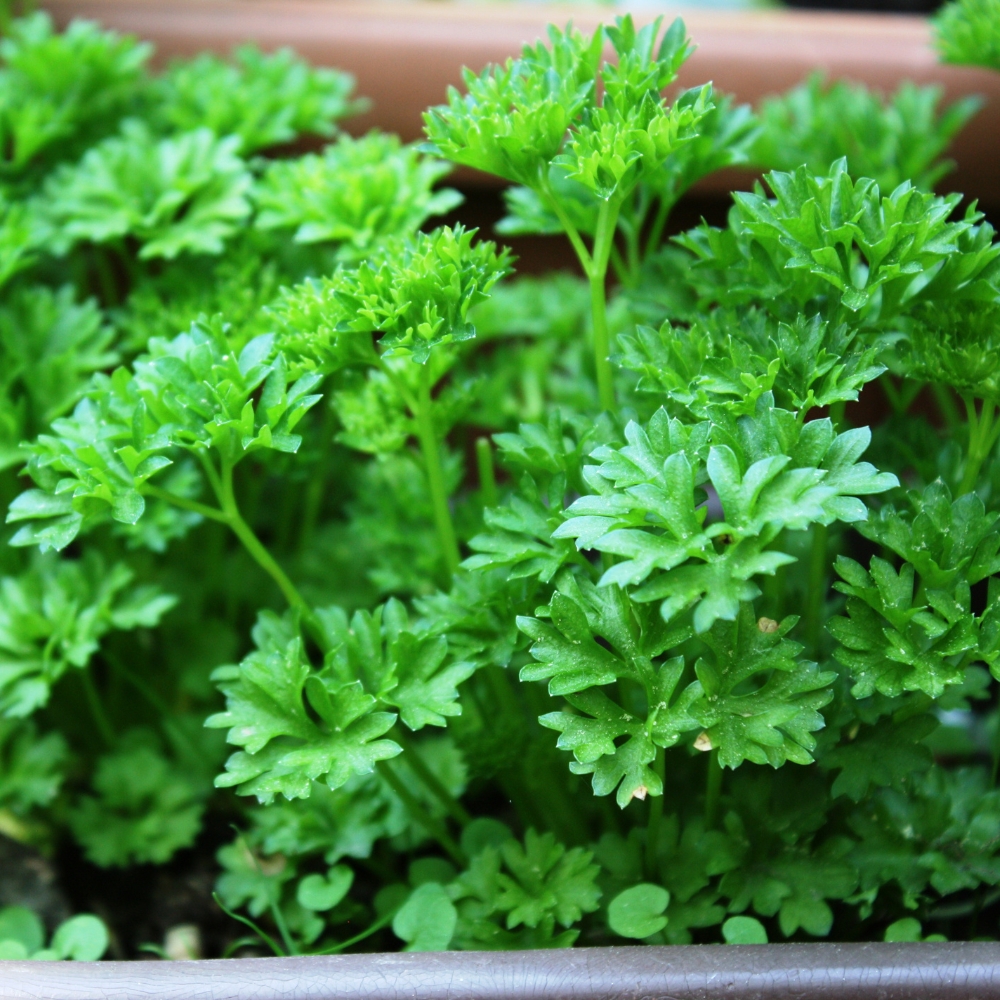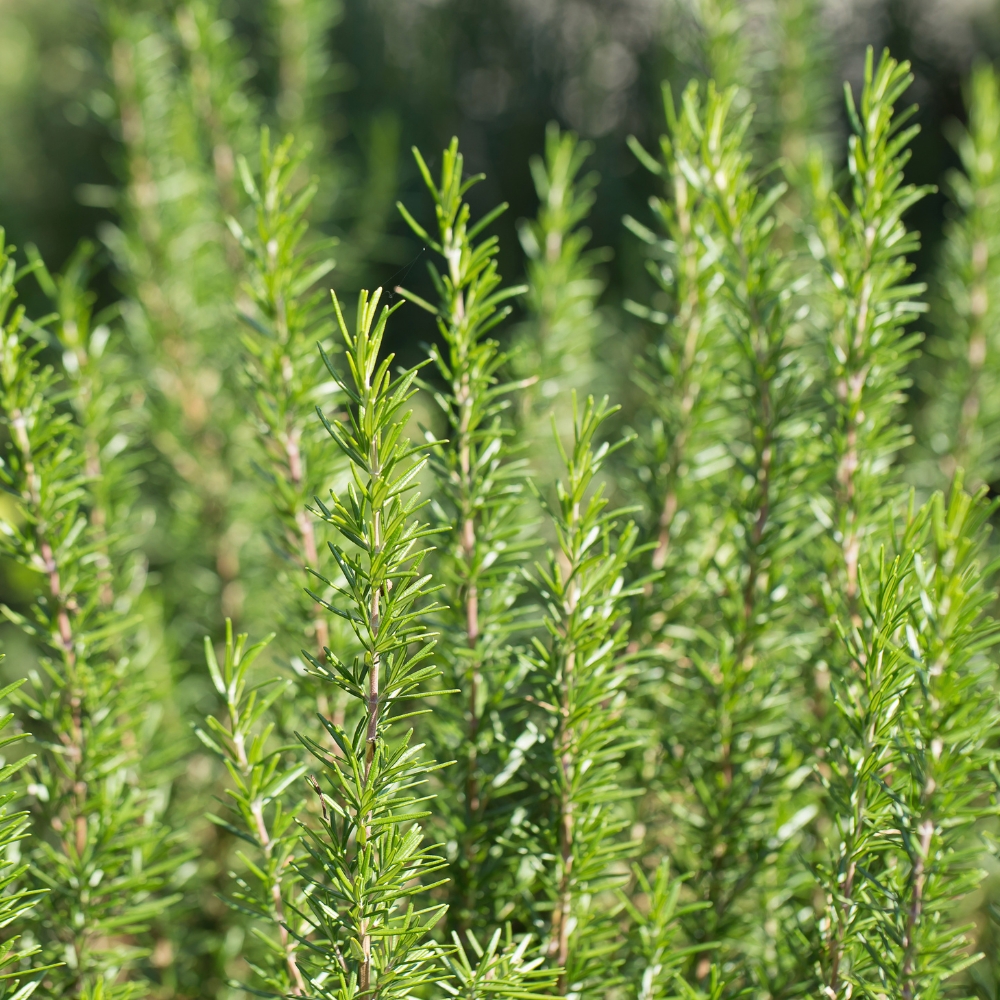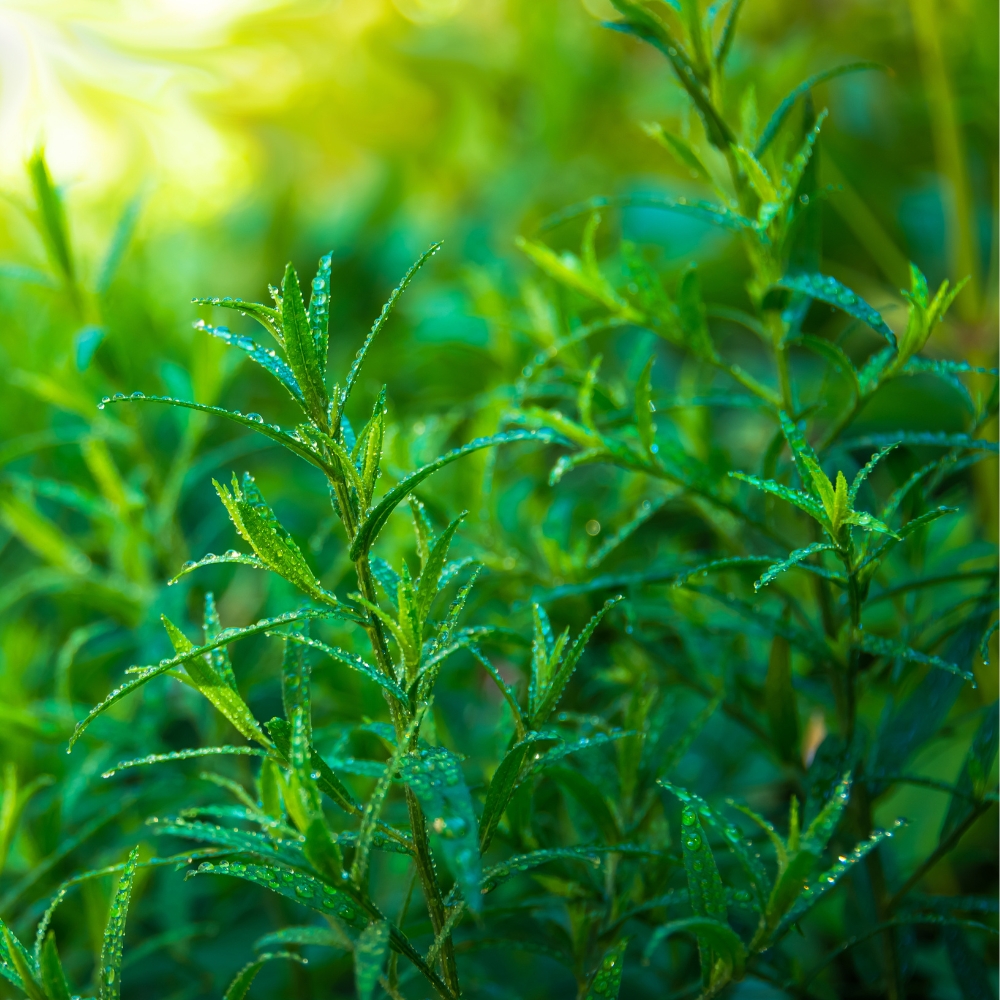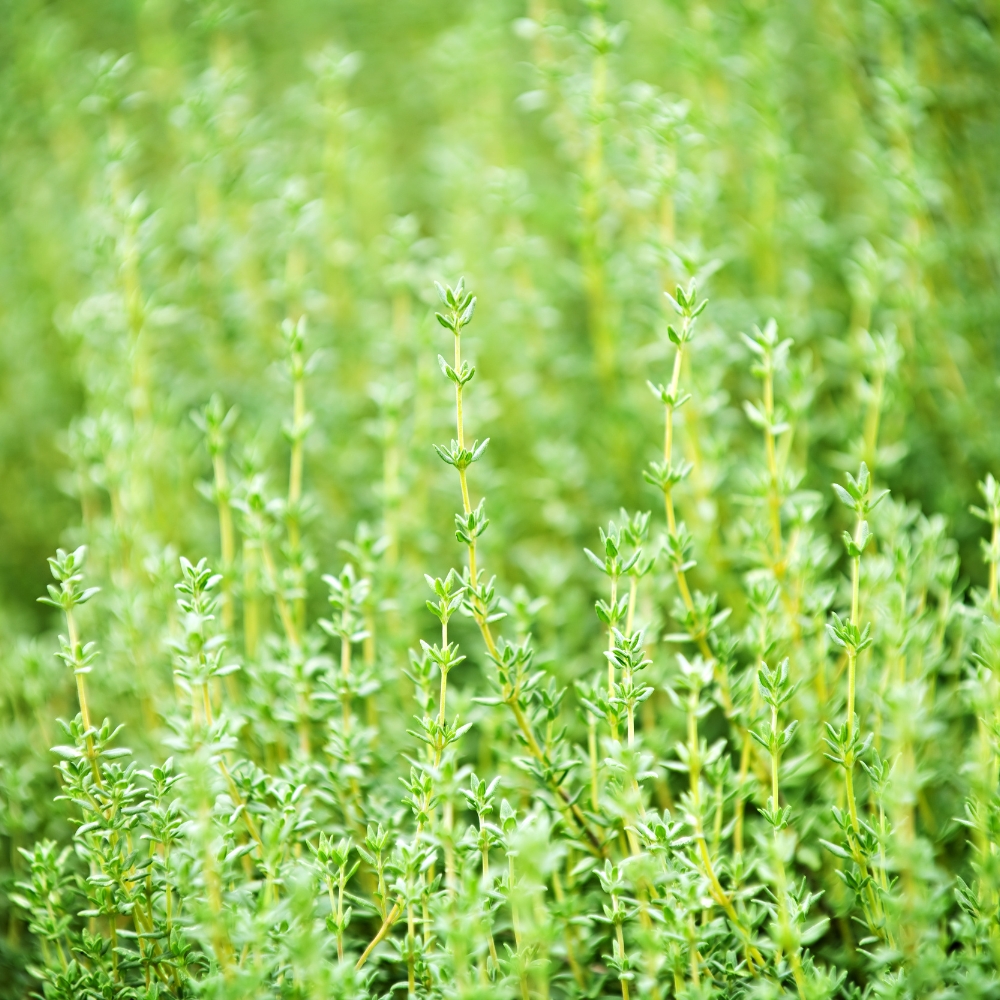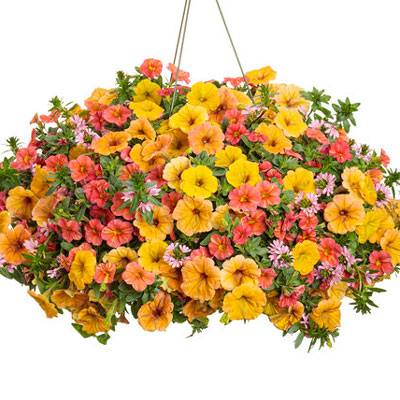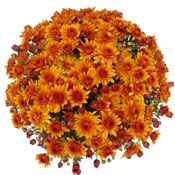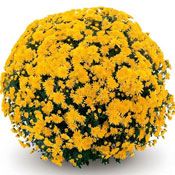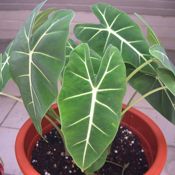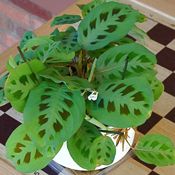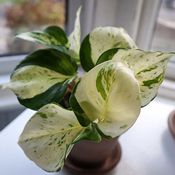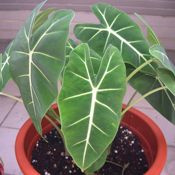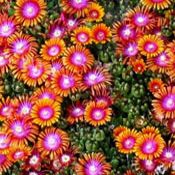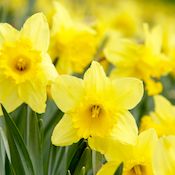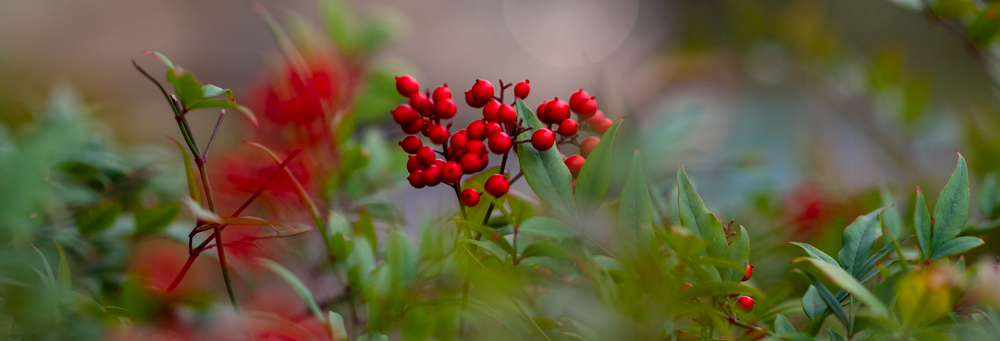
Beauty is in the eye of the beholder… yes, it sounds cliché, but it is true. Just as “Your perception is your truth” is another way to say it. When it comes to wintertime beauty, deciduous shrubs, the ones that lose their leaves every fall, are often considered ugly. However, if you take the time to really look at them, you may find that they have their own unique kind of beauty. On the other hand, evergreen shrubs and trees are always green, providing color when others may not.
Understanding Shrubs & Bushes
Bushes and shrubs are, in essence, the same thing, though in horticulture, ‘bush’ describes the growth habit, while a shrub is a plant that keeps the same structure year-round, arising from one set of roots at the base of the plant. In this article, the terms bushes and shrubs will be interchangeable. By the way, a shrub can also be called a tree; it is just taller.
Bushes or shrubs will be the foundation of your landscape design. They add structure, color, and visual interest during every season of the year. They will almost always be a permanent addition. This means that careful consideration should be taken before planting your shrubs.
Bear in mind that many nurseries and big-box garden centers hire seasonal help who are not necessarily well-versed in horticulture. Your smartphone is your most valuable source of accurate information.
Things to Consider Before You Buy
-
Height – Look to the description to know what the mature height will be. If purchasing at a big-box garden center where this may not be included, look it up. Consider things like electrical wires, satellite dishes, and rain gutters to ensure the mature height will not interfere with your existing infrastructure.
-
Spread or Width – The mature spread of your shrub is important. Ensure it will not shade flower or vegetable gardens, cross sidewalks, or impede your view from a window.
-
Deciduous or Evergreen – This is a personal choice. Deciduous shrubs often bloom with flowers, change color in the fall, and have unique winter features. Evergreen shrubs provide consistent greenery year-round.
-
Maintenance – Some shrubs require regular pruning, while others are low-maintenance. Consider watering needs, whether you have an irrigation system, and if the shrub is drought-tolerant.
-
Sunlight – Most shrubs require direct sunlight, but some prefer partial shade. In southern regions, afternoon shade may be beneficial.
Which Will You Choose?
Evergreen Shrubs
-
Arborvitae (Thuja) Trees – Arborvitae (AR-burr-vie-tee) are popular evergreens with a pyramidal shape and soft, scale-like foliage. Options include tall, slim varieties like Thin Man Arborvitae or compact, rounded ones like Bowling Ball® Arborvitae. Available in glowing gold or emerald green.
-
Buxus (Boxwood) Bushes – Recognized for dense, glossy green foliage. Ideal for sculpting shapes, hedges, and formal landscape designs. Thrives in full sun to partial shade and is deer-resistant.
Deciduous Shrubs
-
Winterberry Bushes – A deciduous holly requiring both male and female plants for best results. The female Winterberry produces brilliant red berries in fall and winter, a stunning contrast against snow.
-
Viburnum Bushes – Extremely versatile, thriving in sun or partial shade. Produces fragrant blossoms, colorful fall foliage, and berries that transition from green to pink, red, and dark blue.
Flowering Shrubs
-
Rhododendron & Azalea Shrubs – Rhododendrons are mostly evergreen, while Azaleas are usually deciduous. Both prefer acidic soil, partial to full shade, and mulch to retain moisture.
-
Chaenomeles (Flowering Quince) Shrubs – Early blooming deciduous shrubs. Thorny varieties deter intruders, while thornless Double Take™ Series offers vibrant blooms.
-
Aronia (Chokeberry) Shrubs – Native deciduous shrubs with edible berries, most often used in jams and syrups. Produces clusters of white or pastel pink flowers in spring and colorful fall foliage.
How to Plant & Care for Shrubs
Best Planting Time
Early spring and fall are ideal for planting shrubs. The cooler temperatures reduce stress and help establish the roots before extreme weather. Northern climates favor spring planting, while southern climates can plant in early spring or fall.
Dig the Hole
-
Dig a hole at least 2.5 times wider than the root ball.
-
Dig to the depth of the root ball, then backfill with 2-3 inches of loose soil so the top of the roots sits above ground level.
-
Remove any rocks or debris from the hole.
-
Set aside the removed soil for refilling the hole.
Prepare the Soil
-
Mix compost into the removed soil for added nutrients.
-
If the soil is sandy or clay-heavy, add peat moss to improve retention and drainage.
-
Add a slow-release fertilizer suitable for your shrub type.
Plant Your Shrub
-
Remove the shrub from its container or wrapping and center it in the hole.
-
Rotate the shrub to its best angle.
-
Cut off any twine around the branches carefully.
-
Fill the hole with amended soil, gently tamping down to remove air pockets.
-
Water thoroughly at the edge of the hole to settle the soil.
Watering Schedule
-
First week: Deep water daily at the base of the shrub.
-
After the first week: Water once a week until new growth appears.
-
Once established: Deep water once or twice a week as needed.
-
Avoid run-off – if water is pooling, reduce watering.
Mulching
-
Use shredded bark or organic mulch to retain moisture and suppress weeds.
-
Apply 2-3 inches around the shrub, but keep mulch a few inches away from the base to prevent rot.
Ongoing Maintenance
-
Prune as needed for shape and health.
-
Refresh mulch annually.
-
Monitor soil moisture and adjust watering.
-
Apply a slow-release fertilizer annually.
Final Thoughts
Bushes, shrubs, and trees are long-lived additions to your landscape. Choose wisely to avoid having to relocate them later, which is easier said than done!
If you ever have questions, we are happy to help, whether you bought from us or not. Join GrowJoy’s Garden Club to connect with fellow gardeners, ask questions, and share photos. See you soon!

















































































